With the fall of Bashar al-Assad's regime in December 2024, Syria entered a pivotal political turning point, ushering the country into a new phase. Ahmad al-Sharaa assumed the role of interim president, and this transitional period has been defined by intense efforts to restore security and stability, unify the divided armed factions, and address the growing humanitarian needs nationwide. Against this shifting backdrop, the southern governorate of As-Suwayda, home to a Druze majority, emerged as a strategic hot spot of tension. Recent military developments in the region have taken on significant dimensions, potentially impacting the future of the Syrian Democratic Forces (SDF) in the country's northeast.
As-Suwayda Events: An Overview of Central Authority
The events in As-Suwayda in July 2025 marked a pivotal moment, as the Transitional Syrian Government asserted its control over key areas of the governorate for the first time since the fall of al-Assad’s regime. These clashes, escalating due to sectarian violence between Druze armed groups and Bedouin tribal fighters, saw direct intervention by the Syrian Armed Forces. Despite initial resistance from some Druze factions, the Syrian Armed Forces advanced and took control of the city, including As-Suwayda itself.
While Israel carried out “warning” airstrikes in the region, openly declaring its intention to protect the Druze minority and prevent the presence of the Syrian Armed Forces in the south of Damascus, these interventions were ultimately symbolic. They did not halt the advance of the Syrian government. This outcome highlights the resolve and military capacity of the new Syrian government to impose its control, even in historically semi-autonomous regions. Additionally, the April and May 2025 clashes set a precedent, with an agreement reached for the integration of Druze fighters into the Syrian General Security apparatus, with 700 Druze fighters being accepted by May 2. This prior effort at integration, despite ongoing violence, signals the central government’s long-term strategy for consolidating control.
Moreover, the Syrian government’s apparent willingness to align with Bedouin tribes against Druze factions indicates a strategic approach that leverages existing local tensions and sectarian divisions to achieve its objectives, rather than relying solely on overwhelming force. This could serve as a model for future dealings. Explicit statements that “government security forces are seen as siding with Bedouin tribes against Druze factions” and that “Bedouin tribe members, who are Sunni Muslims, have aligned with security forces during previous confrontations with the Druze” reveal a calculated manoeuvre. Rather than engaging in direct and comprehensive conflict with all Druze factions, the government capitalised on the “historical animosity” between the Bedouins and the Druze. By aligning with one local group, it succeeded in fragmenting the opposition and reducing overall resistance, making its intervention more effective and less costly. This pattern suggests an evolved understanding of local dynamics that could be applied in other areas, including the Syrian Jazira, to undermine local resistance and facilitate integration.
Strategic Calculations of Abdi: The Convergence of Pressures
Recent developments in As-Suwayda, along with broader regional shifts, have profoundly influenced the strategic calculations of SDF Commander Mazloum Abdi. His “equation” for the future of the SDF reflects a rapid deterioration in its negotiating position, driven by the convergence of both external and internal pressures.
The Changing US Stance
The noticeable decline in U.S. support for the autonomy of the SDF, along with a clear shift in Washington’s position toward supporting the new Damascus government, is a key element in Abdi’s assessment. Statements from senior U.S. diplomats indicate that Damascus is considered the “only future path” for the SDF, signalling a reduction in U.S. commitment to its Kurdish partners, thereby granting the Syrian government leverage to pressure the SDF.
While U.S. forces remain in eastern and southern Syria to carry out counterterrorism missions and continue their partnership with the SDF, political support for the SDF’s aspirations has diminished. The halving of U.S. troops and U.S. President Donald Trump’s remarks about limited American interests in Syria further underscore this shift.
A significant indicator of this change was the U.S. removing Hayat Tahrir al-Sham from its list of foreign terrorist organisations in July 2025, followed by the lifting of broad sanctions on Syria. This political shift, characterised as a “new era” in US-Syria relations, provides the new Damascus administration with both recognition and relief, thereby strengthening its position and further diminishing the SDF’s international standing.
Boosting the Syrian Government’s Morale and Popular Pressure
The successful military operation in As-Suwayda has clearly strengthened the morale and self-confidence of the Transitional Syrian Government forces. The Syrian Armed Forces’ ability to assert control over As-Suwayda, despite local resistance and limited external intervention, underscores its growing military capacity and determination to unify the country. Interim President Ahmad al-Sharaa is actively working to form a unified national army under state authority. This consolidation of power, along with the new government’s efforts to gain international legitimacy and address widespread humanitarian needs, bolsters its internal morale and strengthens its position in demanding full integration with the SDF.
The “popular pressure” on the president to resolve outstanding issues is not directly related to public demands for the dissolution of the SDF but rather reflects the broader society’s desire for stability, the return of displaced persons and refugees, and alleviation of the humanitarian crises. The government views itself as the entity capable of achieving this national unity and stability through the integration of all armed groups.
The Precedent of Druze Defeat
The outcome in Suwayda represents a stark precedent for the SDF. Sheikh Hikmat al-Hijri, a prominent Druze spiritual leader, initially adopted an antagonistic stance toward the al-Sharaa administration, even labelling it as “extremist” and vowing that no understanding or agreement would be reached. His forces clashed with Syrian security personnel, even capturing some of them. However, despite his significant religious symbolism and some local armed support, the Syrian Armed Forces ultimately took control of As-Suwayda.
While Israel launched “warning” strikes, they did not prevent the Syrian government’s advance. The failure of a figure with deep religious authority and a history of local resistance to stop the central government’s control highlights the immense challenge faced by any non-state actor. This outcome underscores that religious symbolism and limited external “warning” interventions are insufficient to deter a determined central authority. This mirrors the situation of the SDF, which lacks the same deep religious symbolism among the general Syrian population and whose external support has clearly diminished.
Escalating Turkish Pressures
Turkey’s steadfast and aggressive stance against the SDF exerts significant external pressure on Mazloum Abdi. Ankara views the SDF as an extension of the Kurdistan Workers’ Party (PKK), which it designates as a terrorist organisation. In November 2024, Turkey launched “Operation Dawn of Freedom” with a clear objective: to weaken the SDF, prevent Kurdish autonomy in post-Assad Syria, and establish a 30-kilometre-deep buffer zone in northern Syria.
Turkish President Erdoğan has repeatedly threatened military intervention to prevent “any division of Syria.” This persistent hostility, coupled with Turkey’s systematic targeting of the PKK infrastructure, serves as a strong deterrent for the SDF to maintain its autonomy. The new Syrian government, through its assertion of control and pursuit of national unity, aligns with Turkey’s goal of preventing Kurdish self-rule. This effectively, if not explicitly, creates a convergence of interests between Damascus and Ankara against the SDF’s independent aspirations, further isolating the force, which is already weakened by regional losses and faces an “existential threat.”
Abdullah Ocalan’s Call for Disarmament
Abdullah Ocalan’s abandonment of the armed struggle presents a significant ideological and practical challenge to the SDF. In February 2025, Ocalan called on the PKK to officially disband and renounce armed conflict, a call that led to the PKK’s announcement of its dissolution in May 2025 and a symbolic disarmament ceremony in July 2025.
This development is considered a “historic moment” for Turkey and a “new era” for resolving the Kurdish conflict. Since the PKK has formed the backbone of the SDF, Ocalan’s resolution sets a firm precedent for Kurdish resistance movements. This resolution effectively removes a key justification for the continuation of armed struggle by groups like the SDF, placing immense pressure on them to pursue political integration. While some doubts remain in Turkey about PKK-affiliated splinter groups, the overall impact lies in limiting the SDF’s options for continuing armed independence by undermining the ideological foundation of its resistance.
The Future of Relations Between the SDF and Damascus
The convergence of pressures outlined in Mazloum Abdi’s equation strongly points to an increasing likelihood of the SDF’s integration into the new Syrian state structure. In March 2025, SDF leaders signed an agreement to merge their armed forces and civil institutions into the new Syrian government. The agreement stipulates a complete cessation of hostilities and obliges the SDF to relinquish control over border crossings, airports, and key oil and gas fields. While negotiations on the precise implementation, particularly regarding whether the SDF will merge as a unified entity or have its fighters individually absorbed, remain “stalled,” the strategic environment has decisively shifted against the SDF’s ability to maintain its semi-independent status.
The SDF has been described as “weakened by its loss of territory and retreat east of the Euphrates,” and is facing an “existential threat” as of early 2025. The success of the As-Suwayda operation demonstrates the Syrian government’s ability and willingness to assert its authority, even in areas with distinct local dynamics and a semi-historic tradition of autonomy. The limited impact of external interventions, as seen in Israel’s actions in As-Suwayda, further underscores the diminishing effectiveness of relying on foreign support to maintain autonomy. The potential for a “As-Suwayda scenario” to be repeated in the Syrian Jazira, where the SDF controls critical oil and gas fields, becomes a real threat if the SDF chooses to continue its defiance.
The combined weight of diminished U.S. political support for autonomy, ongoing Turkish military threats, the ideological blow from the PKK’s disarmament, and the strengthened resolve of the new Damascus government significantly limits the SDF’s options. The equation suggests that Mazloum Abdi is likely to be forced to come to the negotiating table and adopt a more flexible approach, as continued defiance risks a military confrontation that the SDF is increasingly ill-equipped to win.
In conclusion, As-Suwayda events represent a new reality that reshapes the balance of power in Syria, profoundly affecting the position of the SDF. Based on an analysis of Mazloum Abdi’s strategic calculations, which include the shifts in U.S. policy, the rising morale of the Syrian Armed Forces, the precedent of the Druze defeat, the increasing Turkish pressure, and the symbolic disarmament of the PKK, it can be concluded that As-Suwayda has become a pivotal turning point in the current Syrian interactions.
The convergence of these factors leads to the erosion of the SDF’s influence, making the likelihood of peaceful political integration with Damascus increasingly probable, at the expense of continued autonomy or the potential for direct confrontation.
References
Afp. “Syrian Forces Advance on Sweida as Druze Leader Says Truce Talks Underway.” Selma Sun, July 14, 2025. https://selmasun.com/news/national/syrian-forces-advance-on-sweida-as-druze-leader-says-truce-talks-underway/article_90aeb837-5f13-5bb2-a81a-49149d17acdb.html
AL-Monitor: The Middle Eastʼs Leading Independent News Source Since 2012. “Israel Strikes Syrian Forces Sent into Druze-majority Sweida,” July 15, 2025. https://www.al-monitor.com/originals/2025/07/israel-strikes-syrian-forces-sent-druze-majority-sweida
AP News. “Jailed Kurdish Leader Abdullah Ocalan Calls for PKK Fighters to Disarm Before Symbolic Ceremony,” July 9, 2025. https://apnews.com/article/turkey-kurdish-pkk-militants-ocalan-video-appeal-6e4344e4d87d2125f4b4df7ef1d1d7dd
BARRACK, THOMAS. “Strengthening U.S.-Türkiye Relations and Advancing Relations with Syria.” U.S. Department of State, July 11, 2025. Accessed July 15, 2025. https://www.state.gov/briefings-foreign-press-centers/strengthening-us-turkiye-relations-and-advancing-relations-with-syria
Congress.gov. “Syria: Transition and U.S. Policy.” July 15, 2025. https://www.congress.gov/crs-product/RL33487
El Husseini, Rouba. “Kurdish PKK Fighters Destroy Weapons at Disarmament Ceremony.” Space War, July 11, 2025. Accessed July 15, 2025. https://www.spacewar.com/reports/Kurdish_PKK_fighters_destroy_weapons_at_disarmament_ceremony_999.html
EUAA, ‘4.3. Areas under the control of the Syrian Democratic Forces (SDF)‘ in COI Report – Syria: Country Focus, March 2025.
FRANTZMAN, SETH. “US Syria Envoy Puts Pressure on US-backed Kurdish Forces – Analysis.” The Jerusalem Post, July 12, 2025. Accessed July 15, 2025. https://www.jpost.com/middle-east/article-860768
Hassan, Mohammed. “Building Syria’s New Army: Future Plans and the Challenges Ahead.” Middle East Institute, June 12, 2025. Accessed July 15, 2025. https://www.mei.edu/publications/building-syrias-new-army-future-plans-and-challenges-ahead
Loft, Philip. “Syria: What is the situation five months after Assad’s fall?” House of Commons Library, May 9, 2025. Accessed July 15, 2025. https://commonslibrary.parliament.uk/syria-what-is-the-situation-five-months-after-assads-fall/
MARTANY, STELLA, and QASSIM ABDUL-ZAHRA. “PKK Fighters Begin Disarmament in Northern Iraq | AP News.” AP News, July 11, 2025. Accessed July 15, 2025. https://apnews.com/article/pkk-kurdish-iraq-turkey-peace-process-disarmament-b91f6eac4794767fee2d3288fcb343d1
Ozcelik, Burcu. “After the PKK: Peacebuilding Challenges in Turkey, Syria.” Royal United Services Institute, June 3, 2025. Accessed July 15, 2025. https://www.rusi.org/explore-our-research/publications/commentary/after-pkk-peacebuilding-challenges-turkey-syria
Security Council Report. “Syria: Briefing and Consultations,” n.d. https://www.securitycouncilreport.org/whatsinblue/2025/05/syria-briefing-and-consultations-12.php
Tejeda, Gaby. “Mind the Gap: Islamic State Poised to Destabilize Syria Amid Challenging Transition Period.” The Soufan Center, June 12, 2025. https://thesoufancenter.org/intelbrief-2025-june-12/
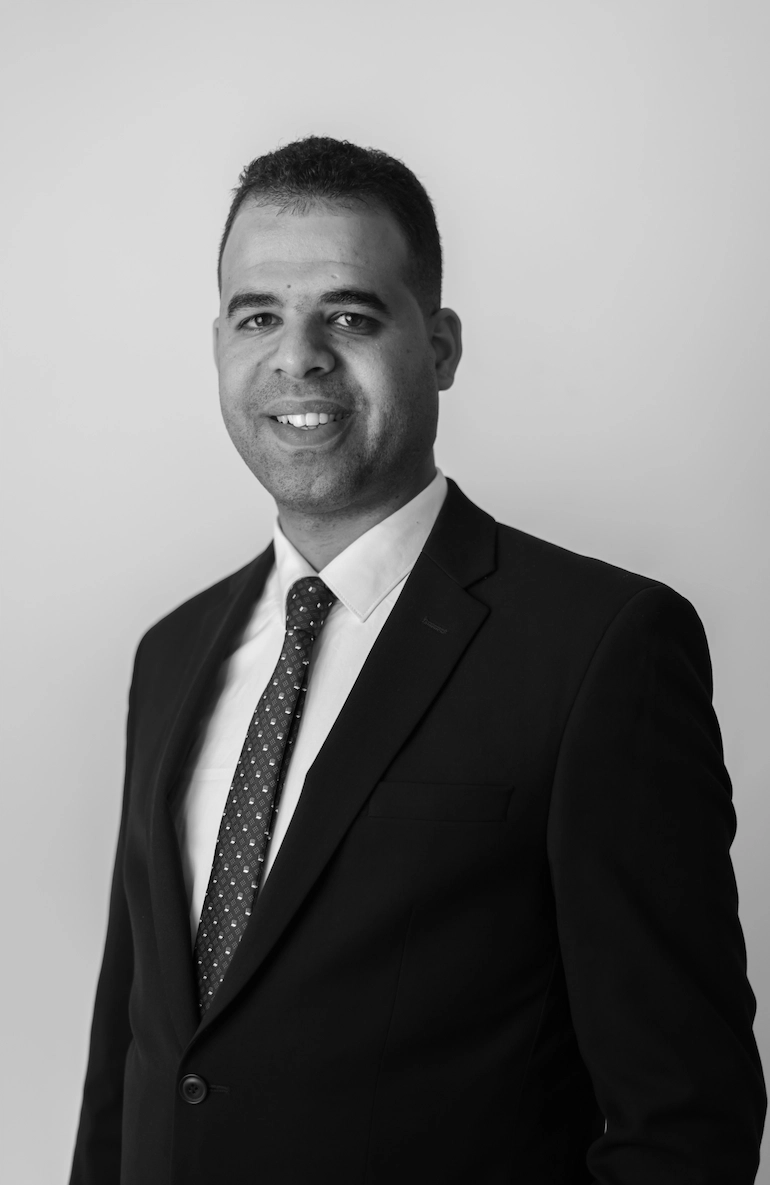
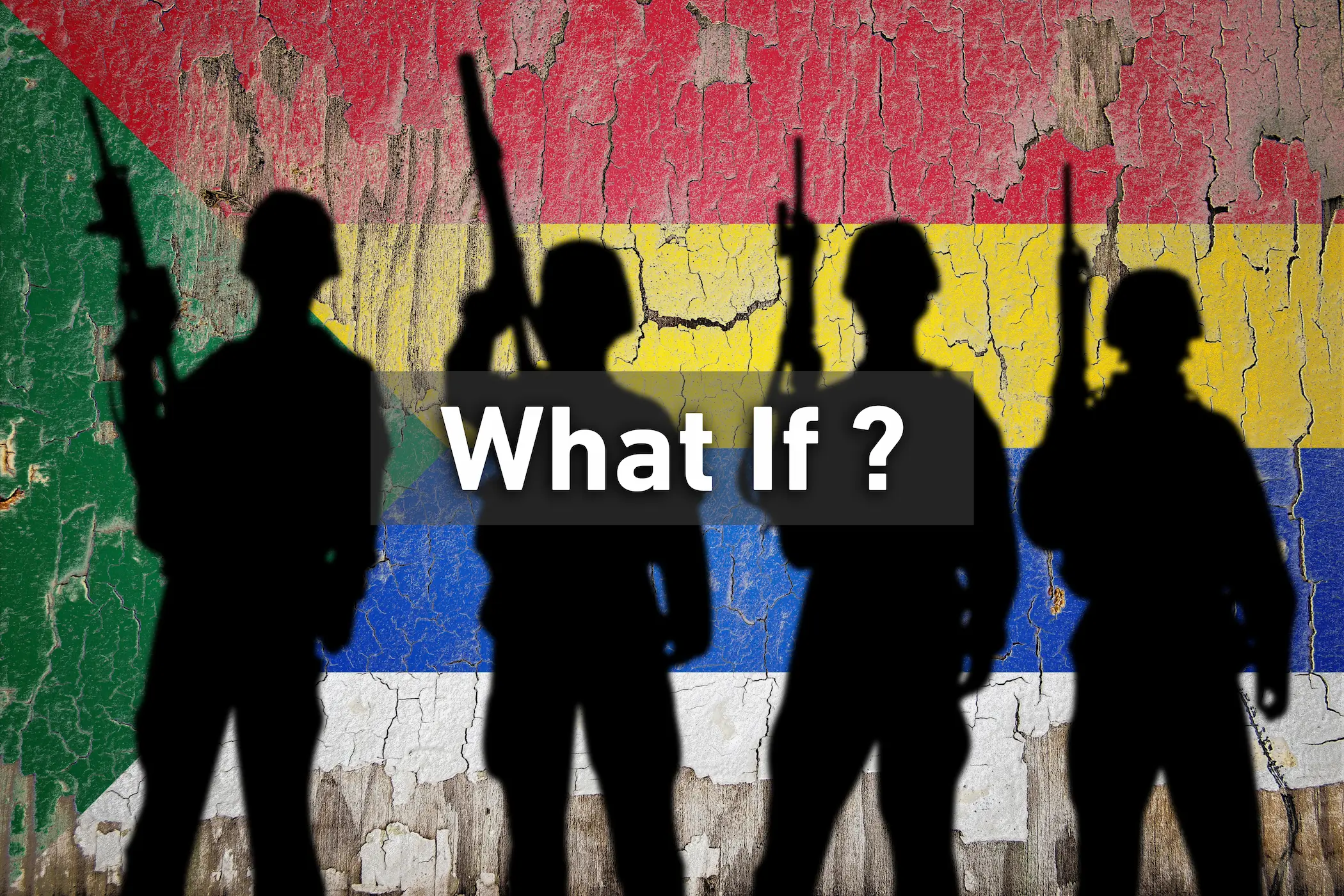
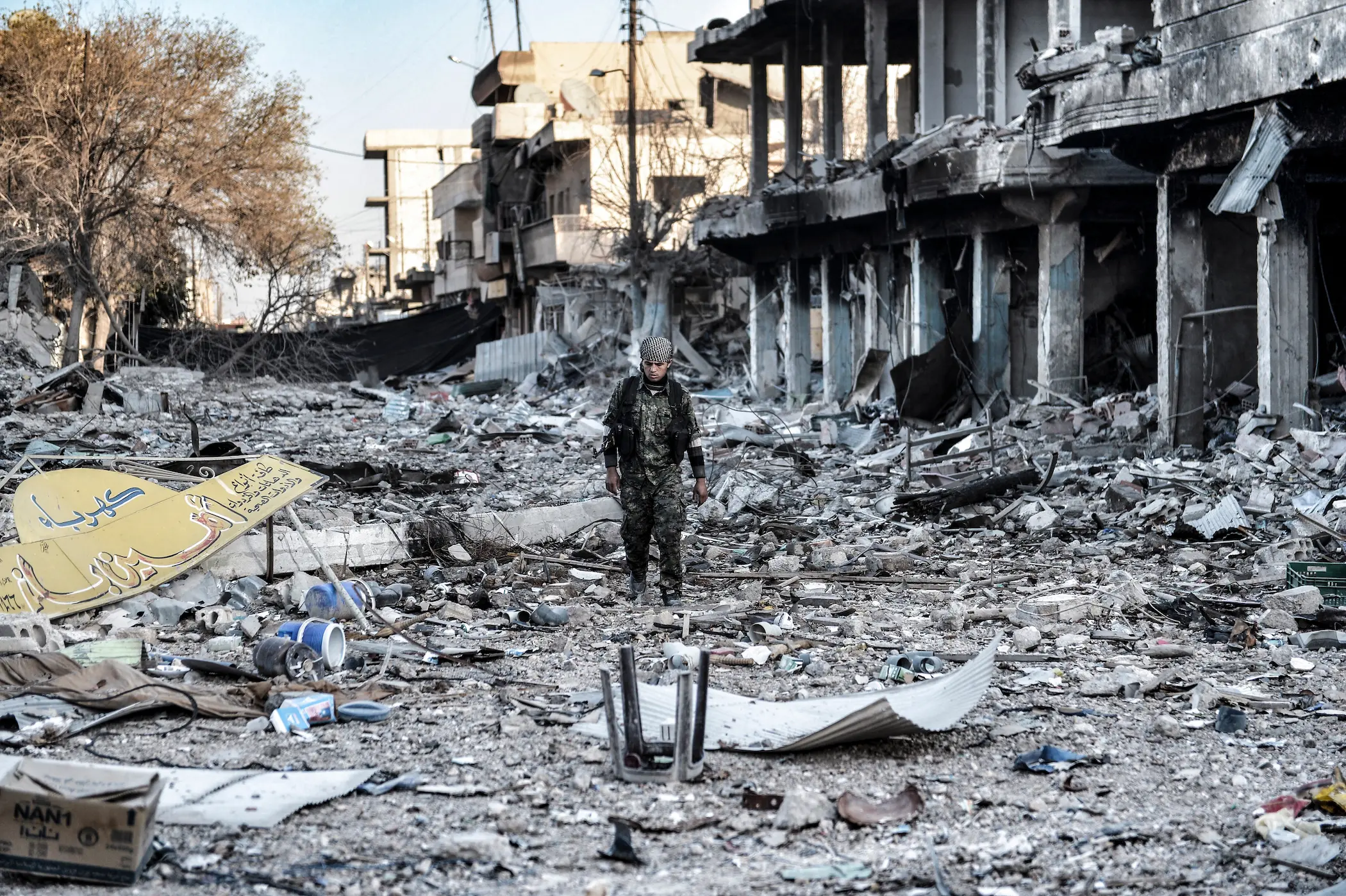





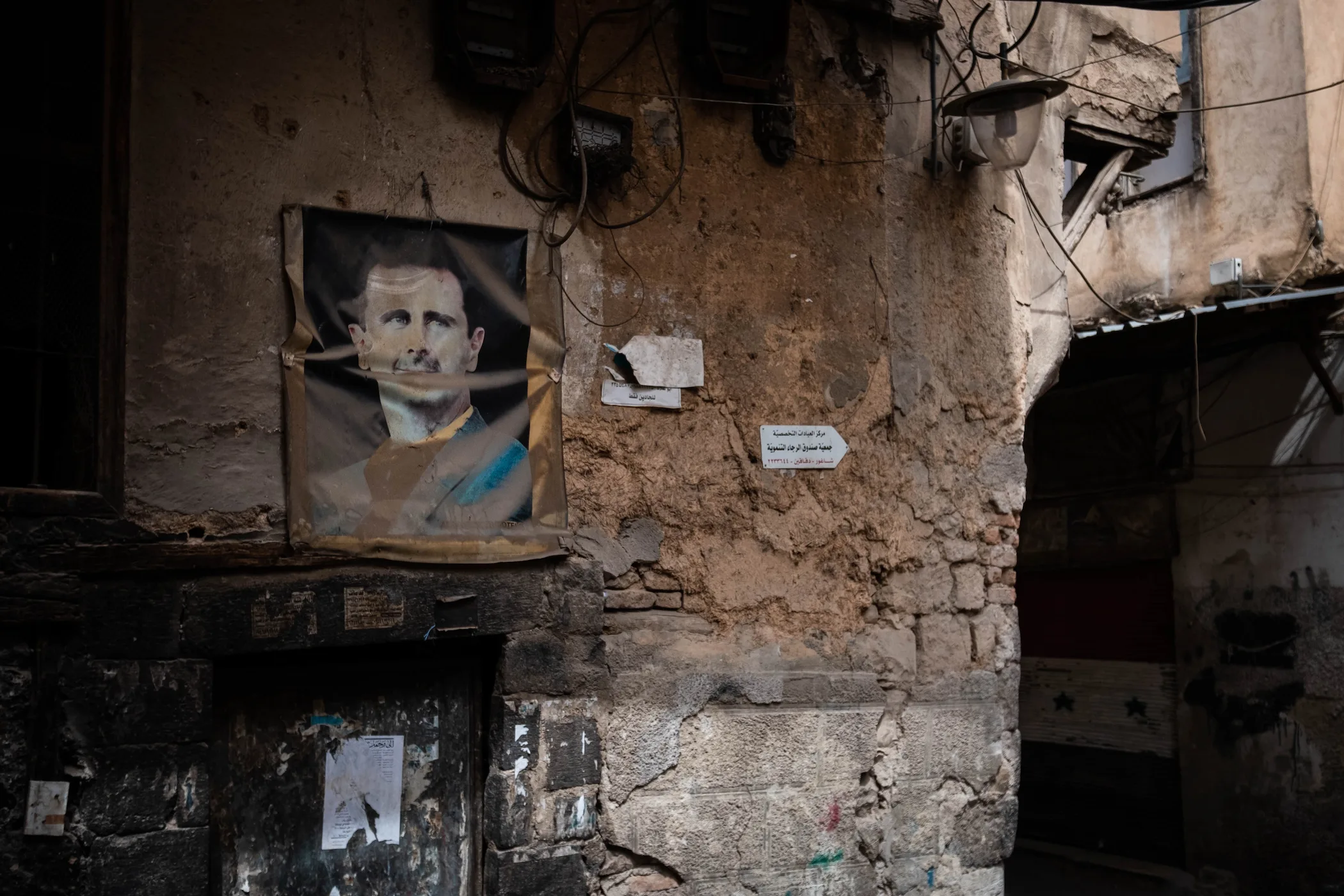



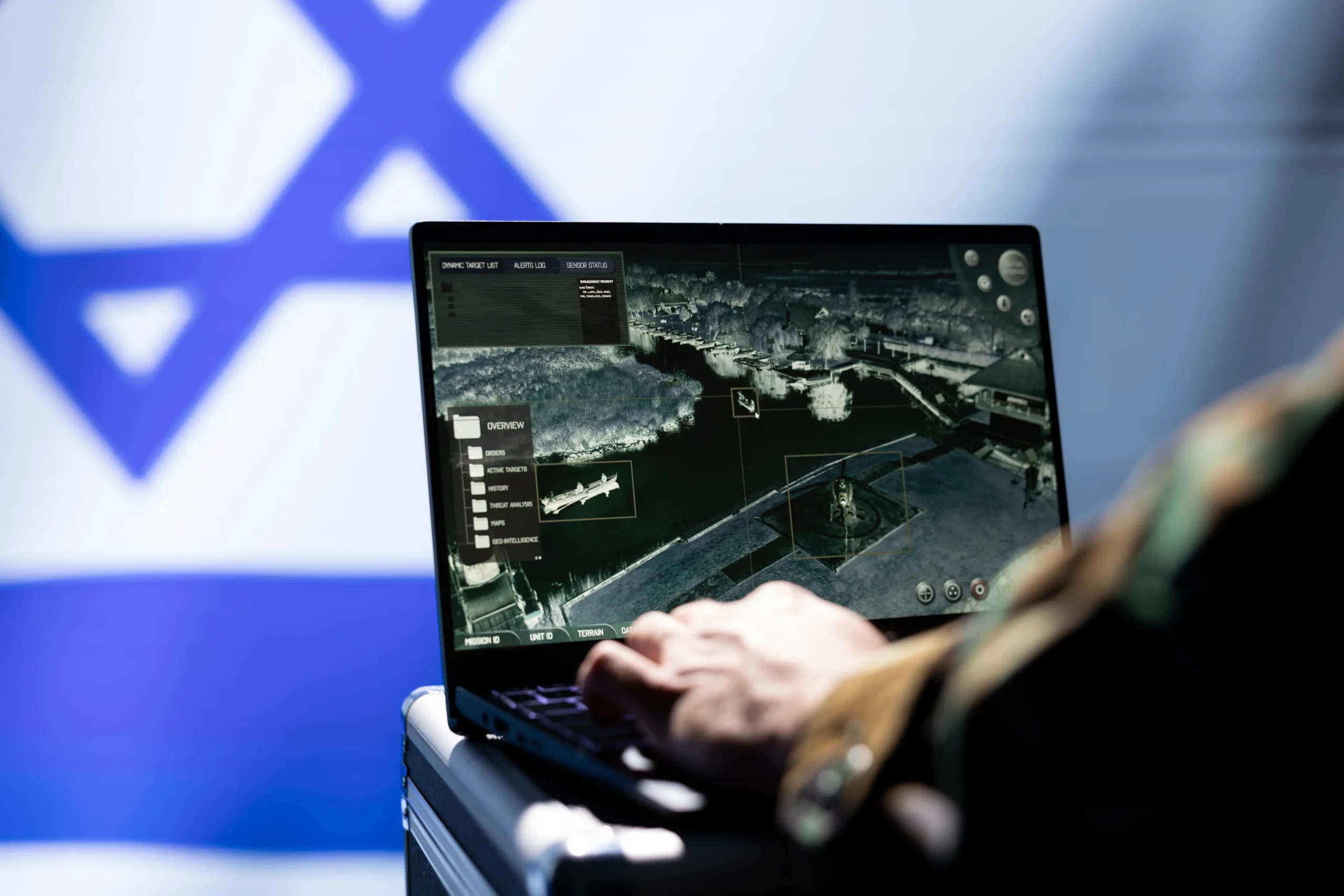
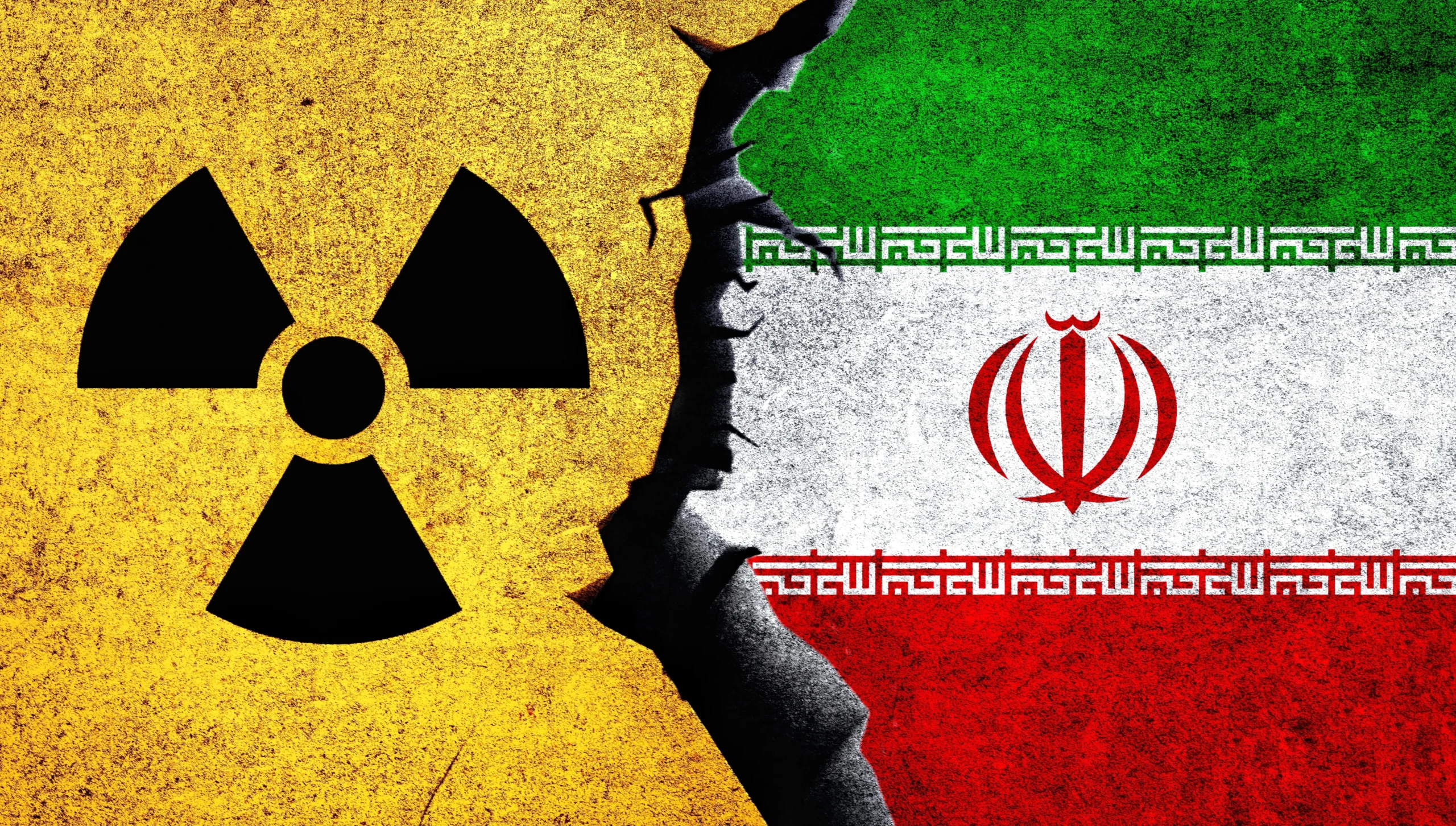
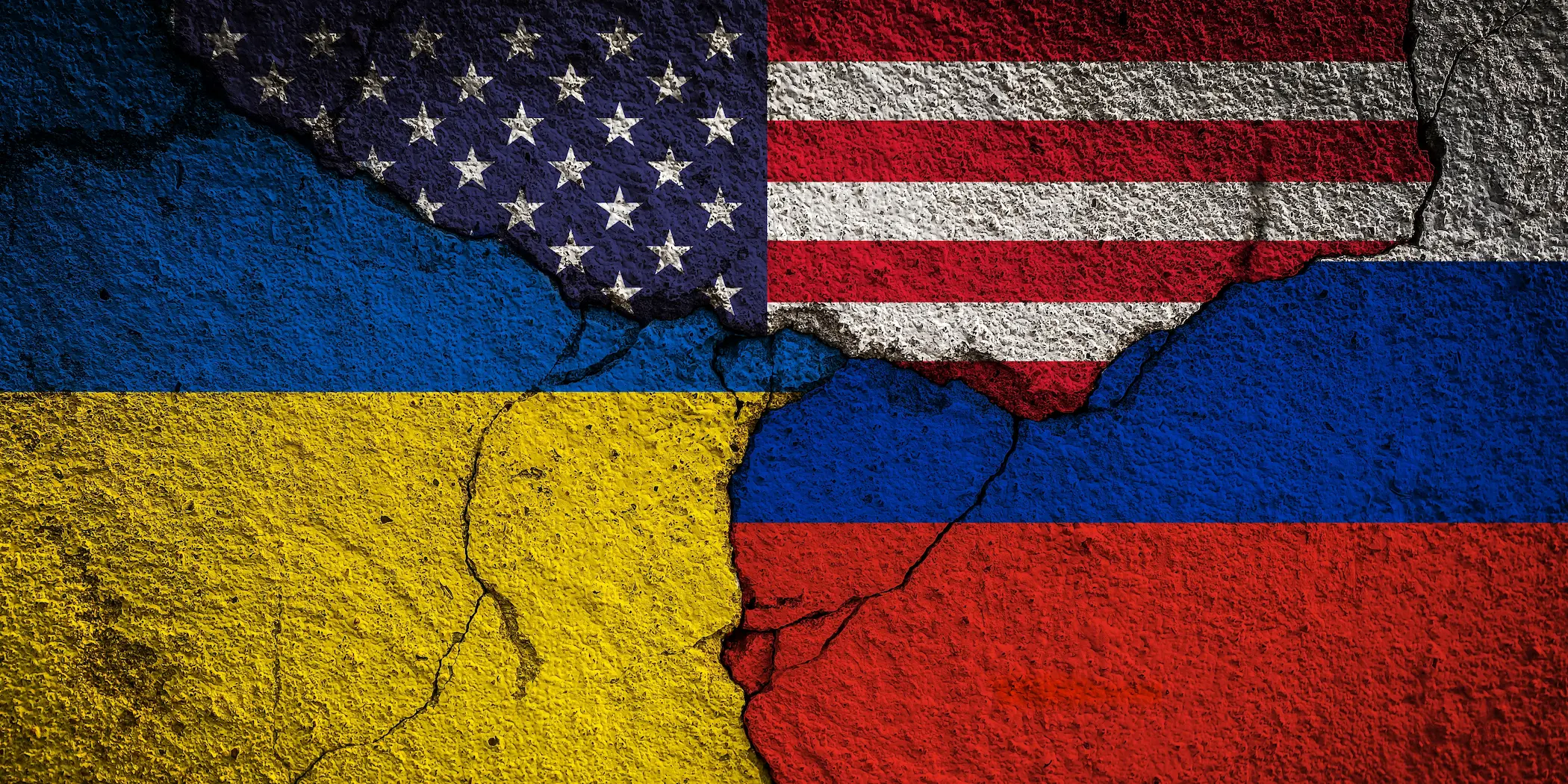
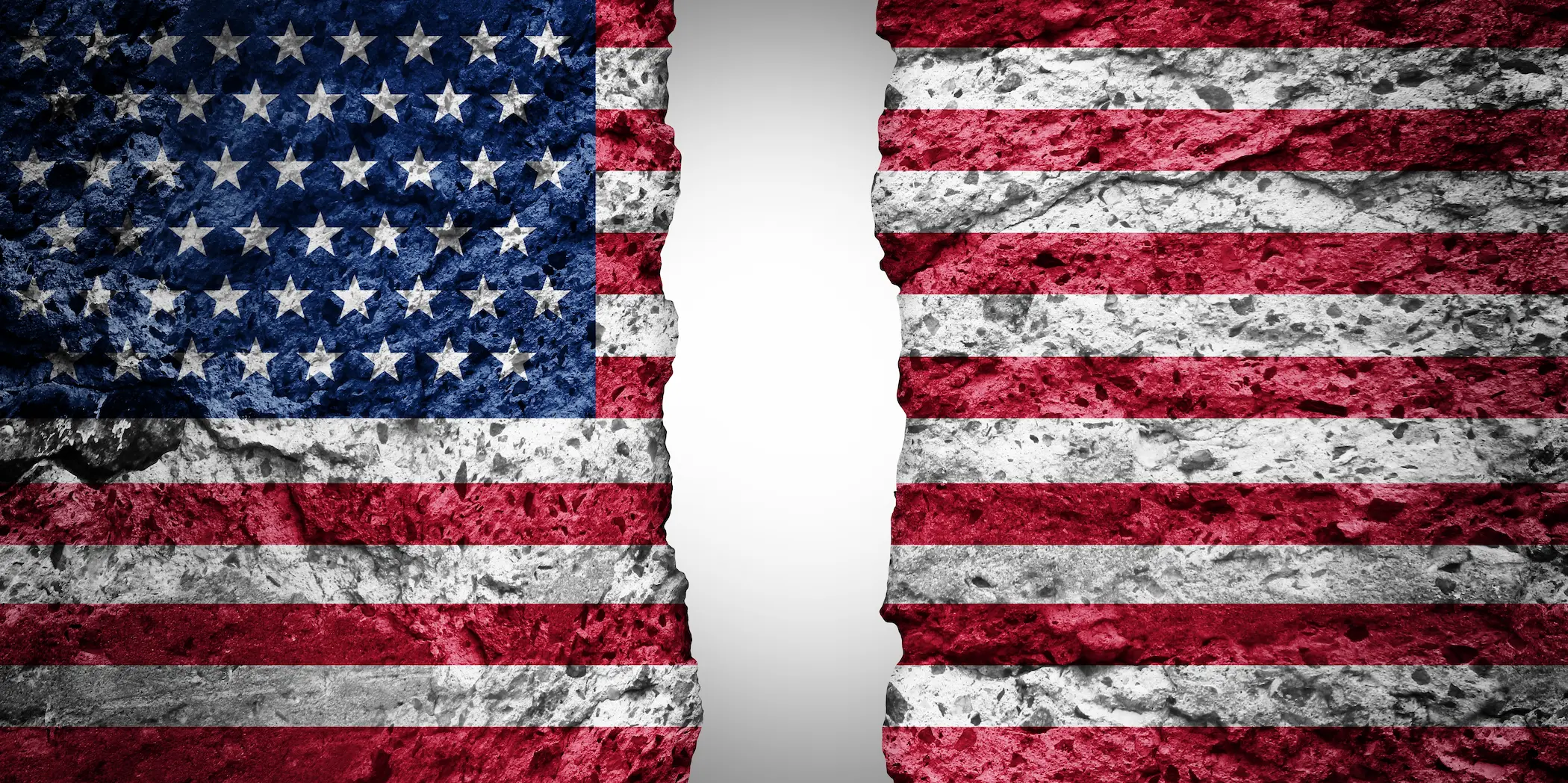

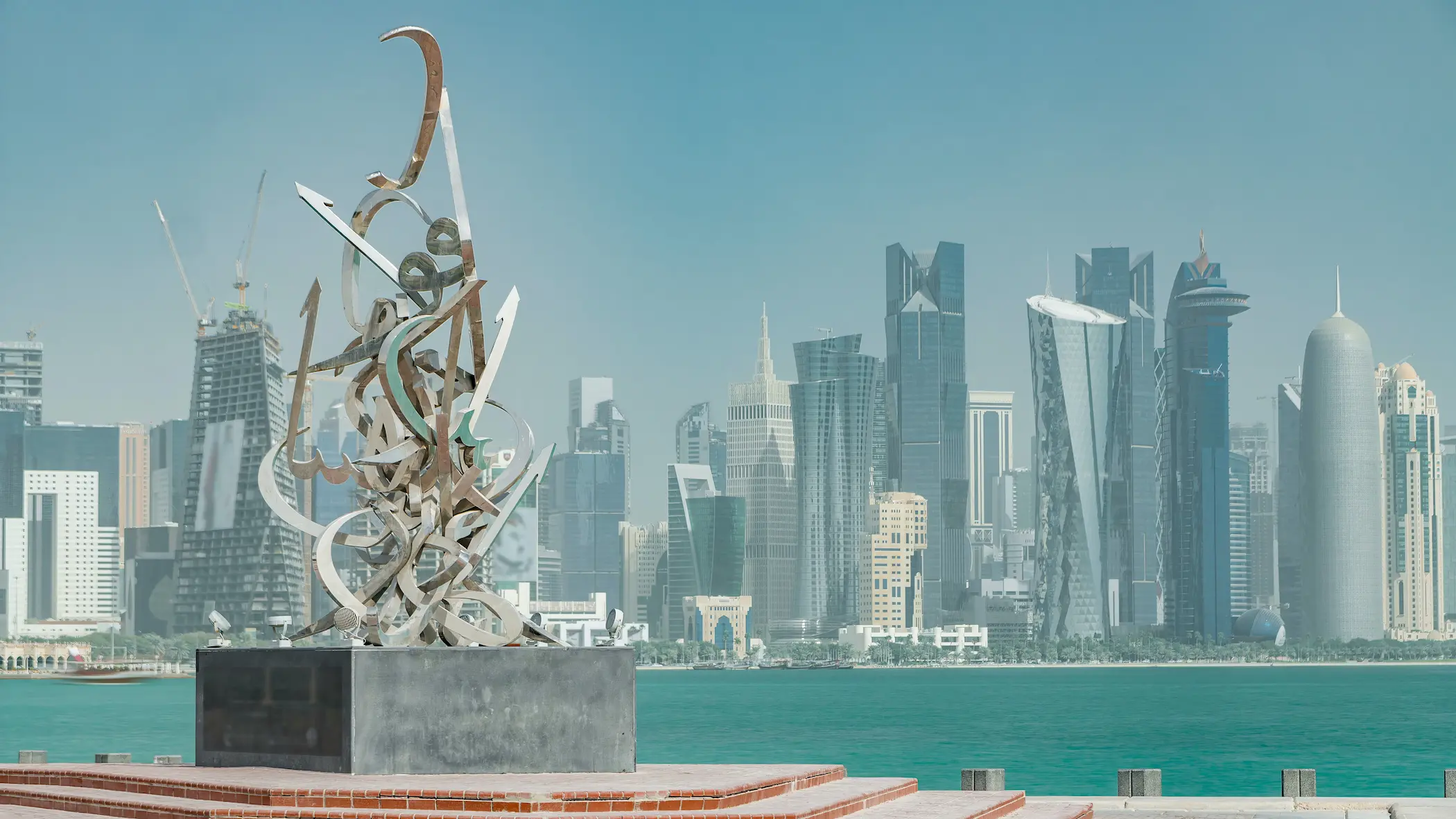
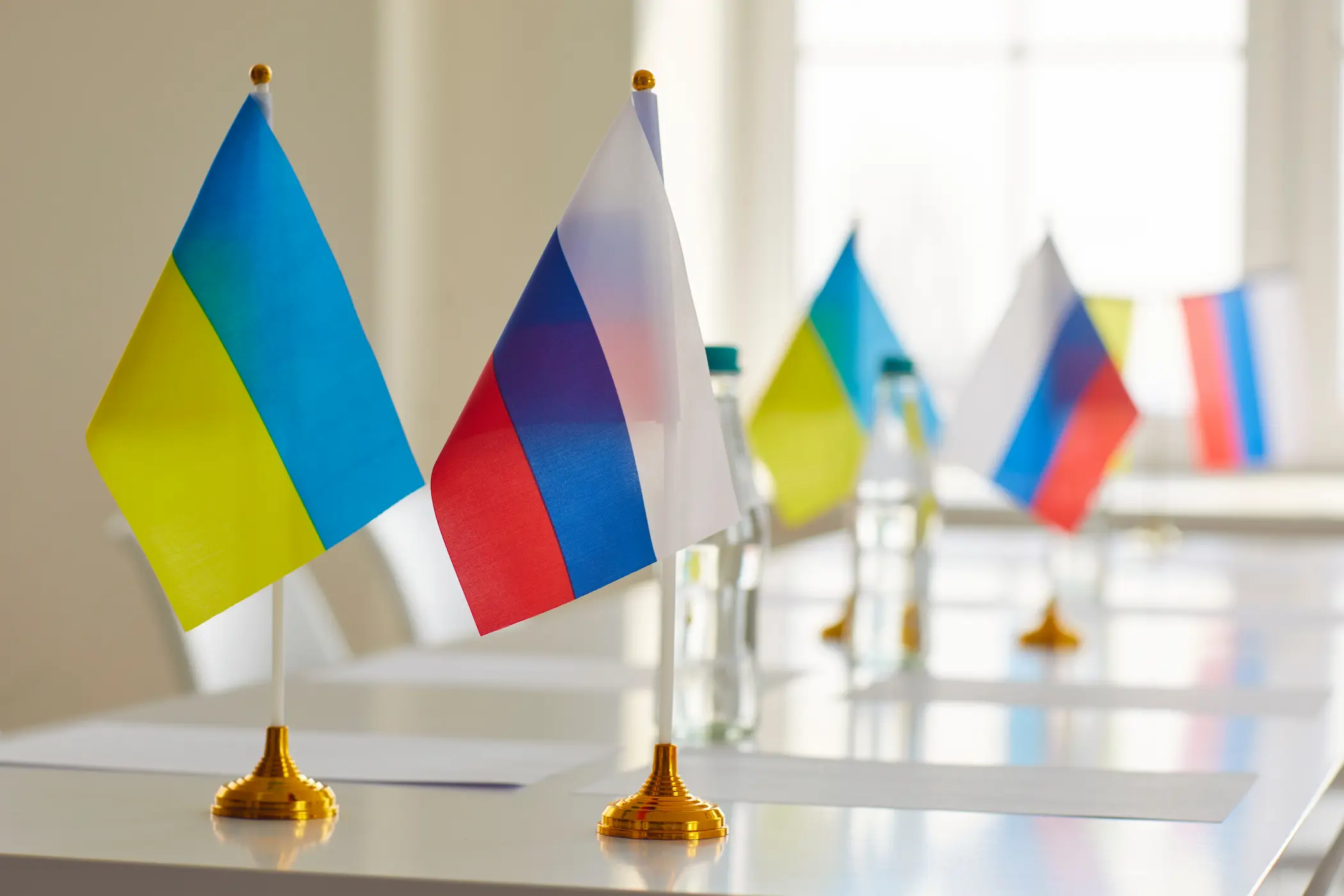
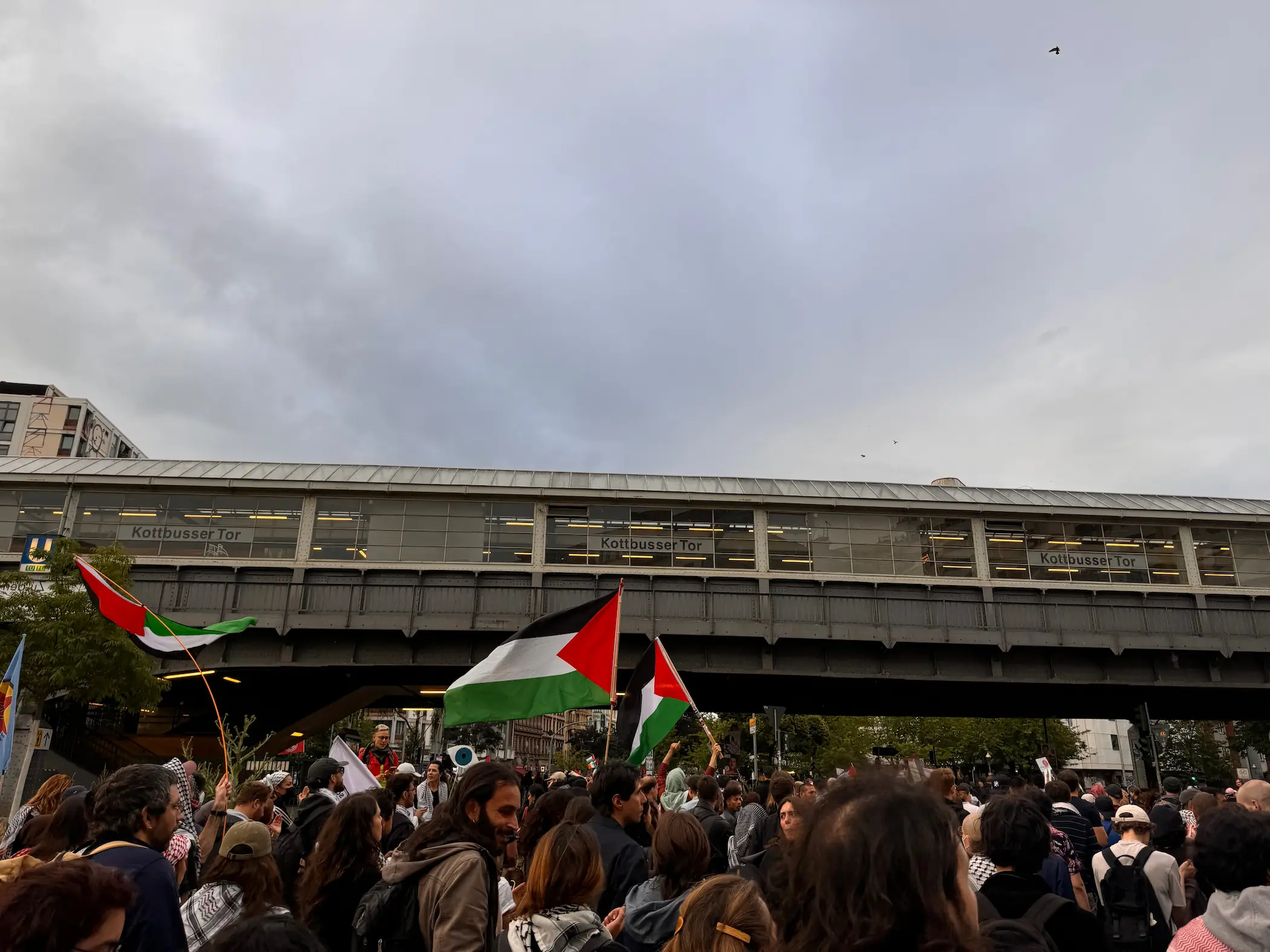
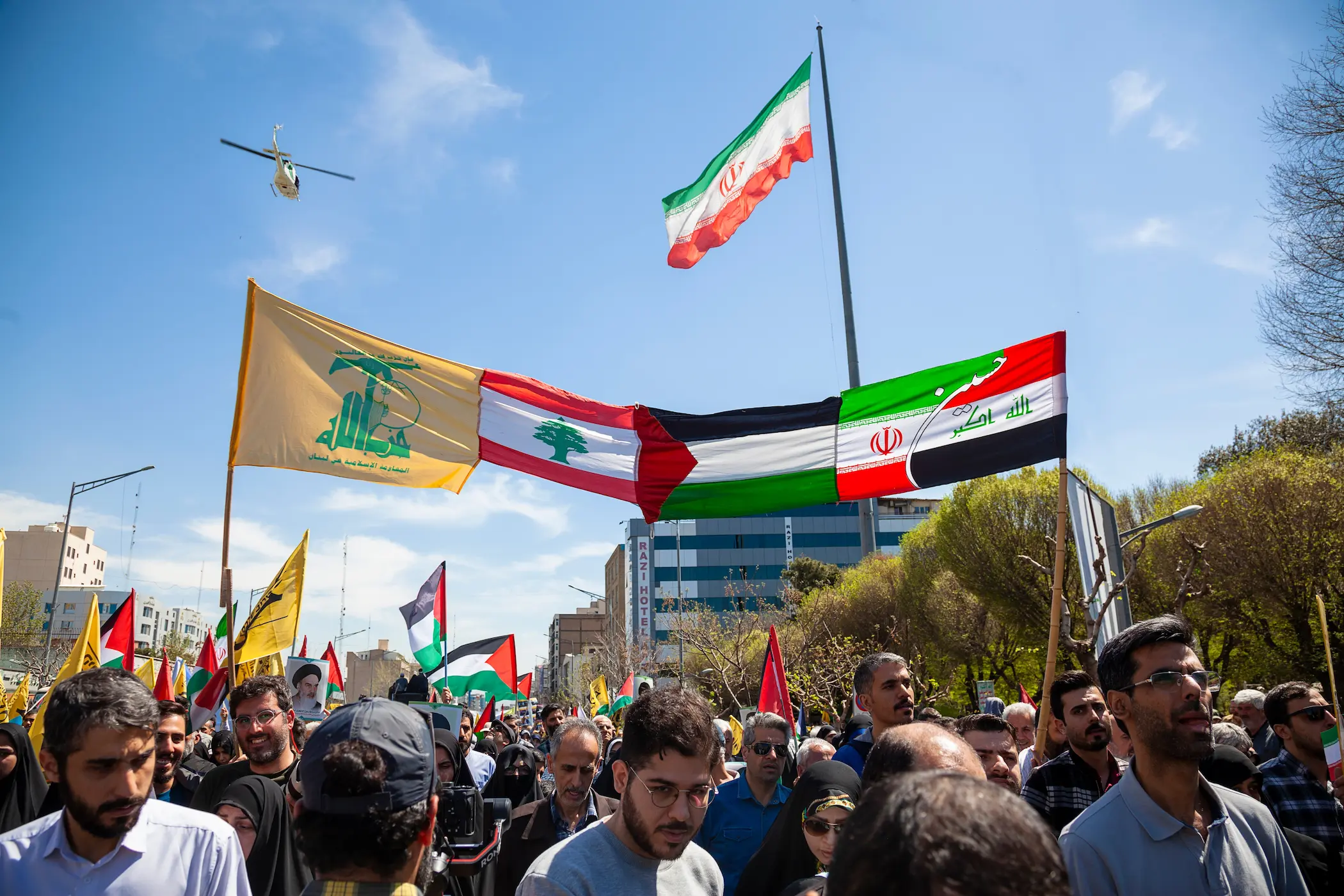

Comments